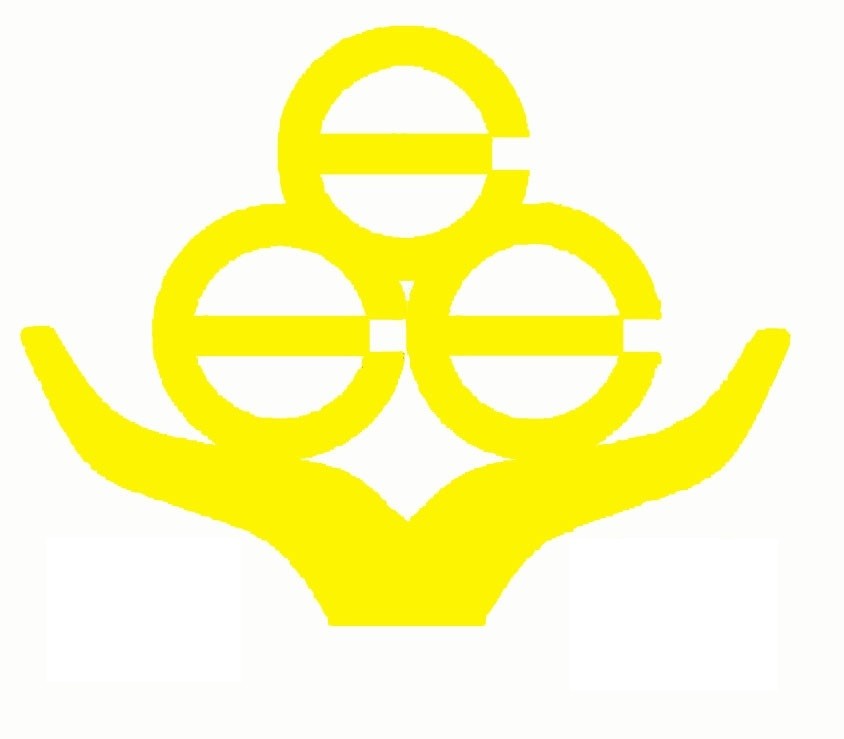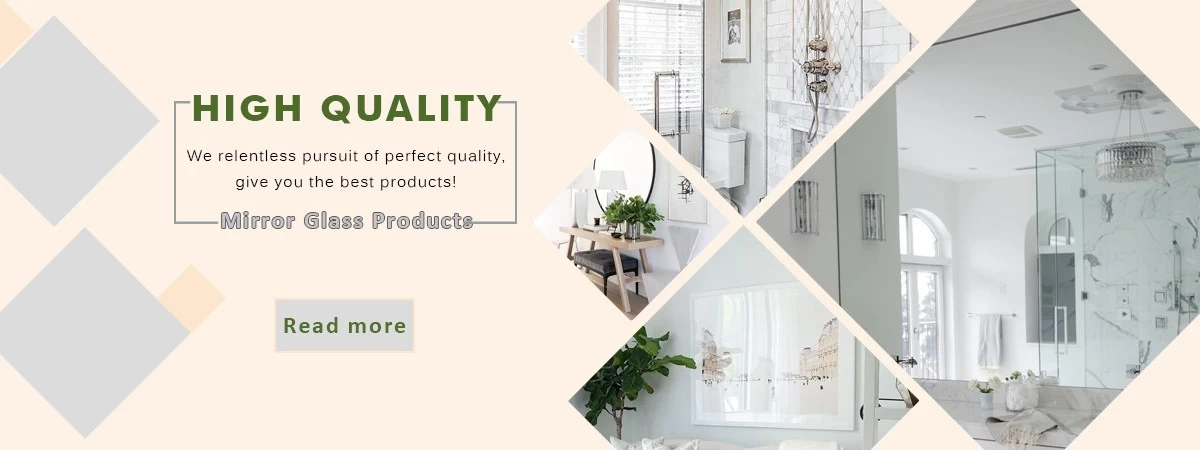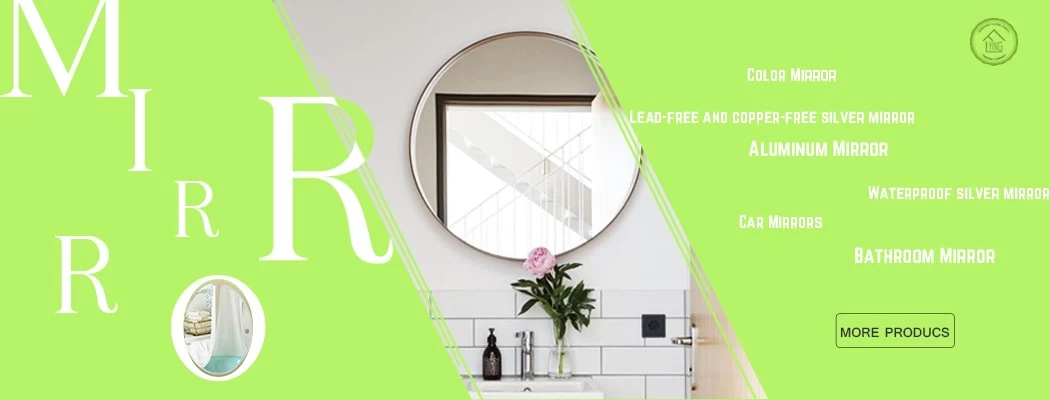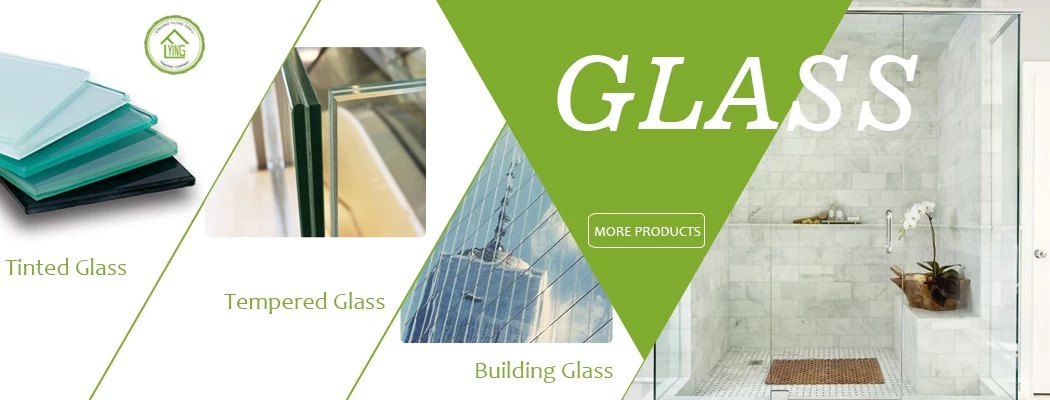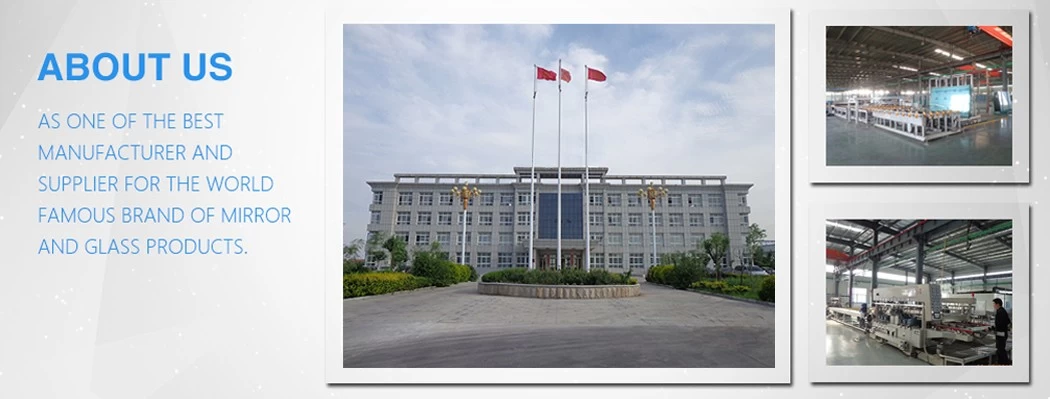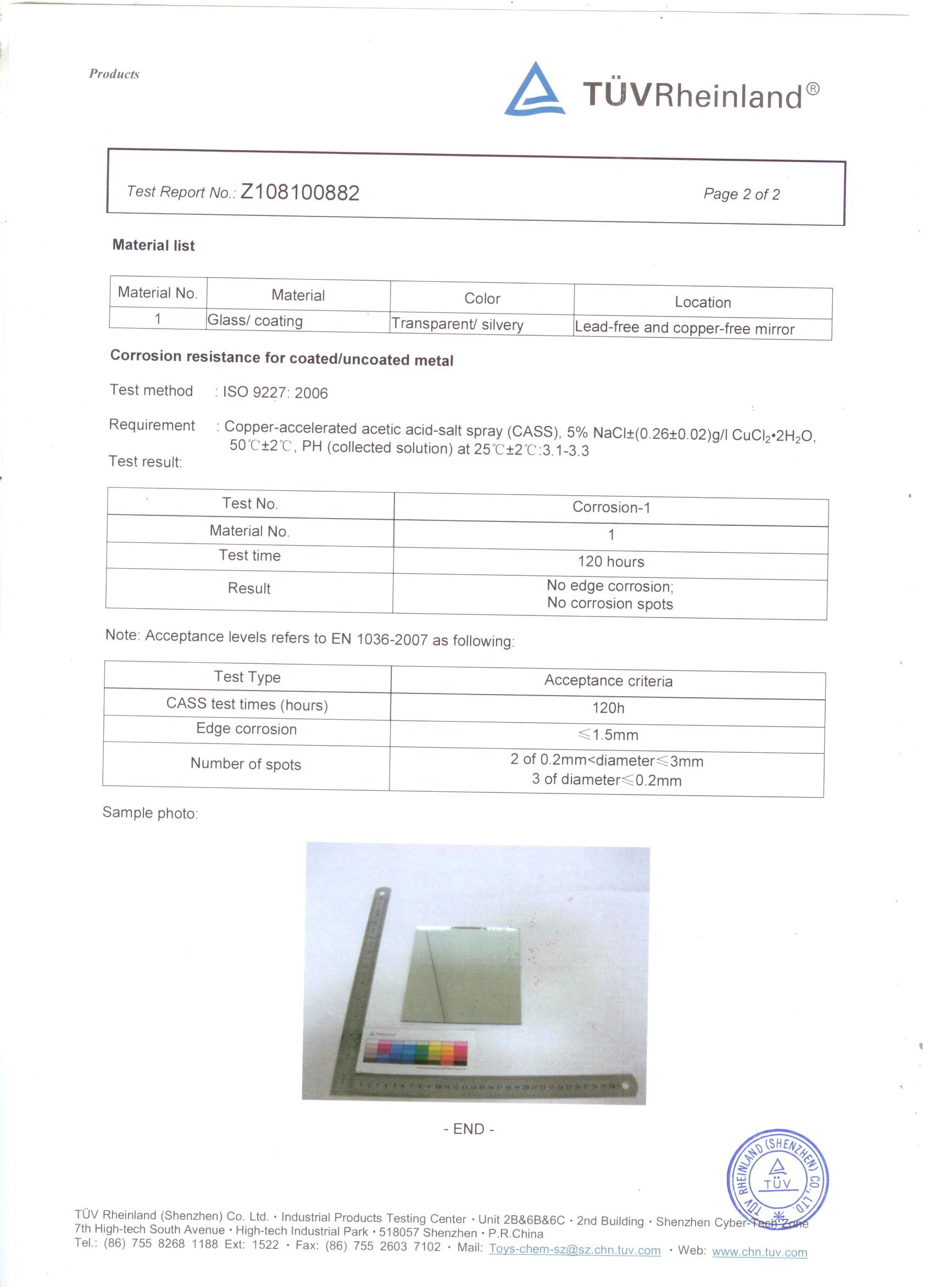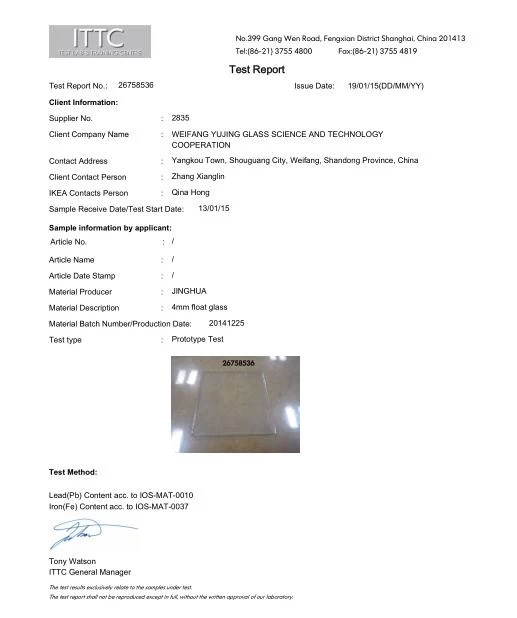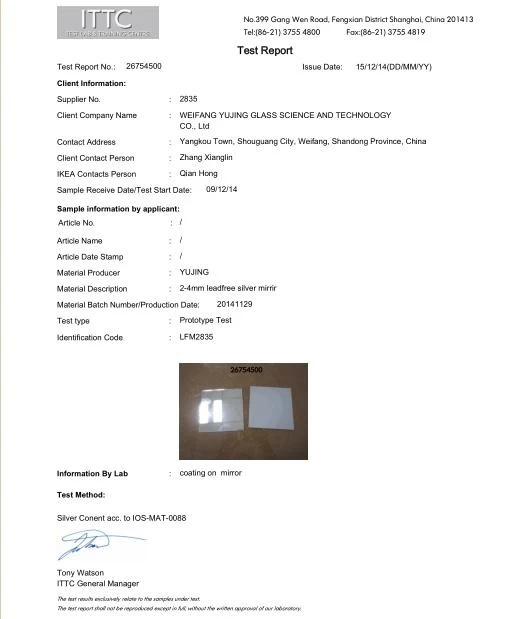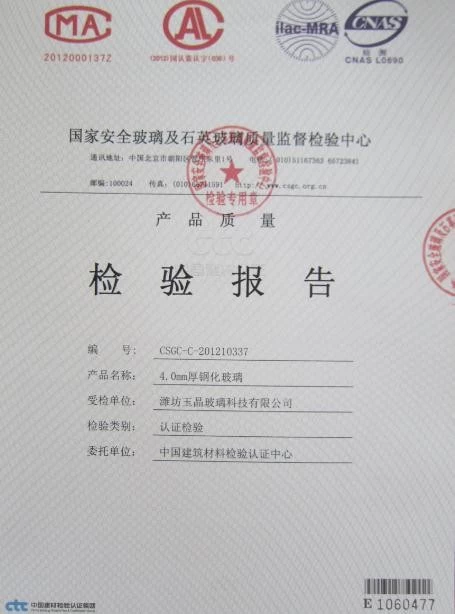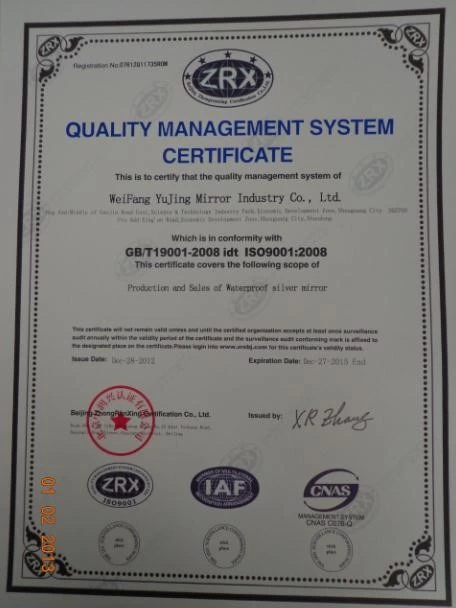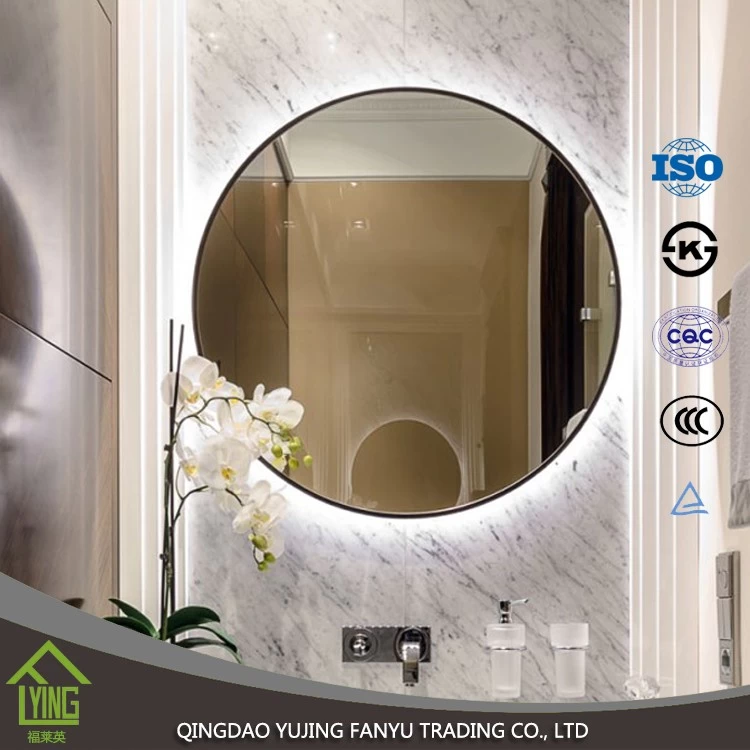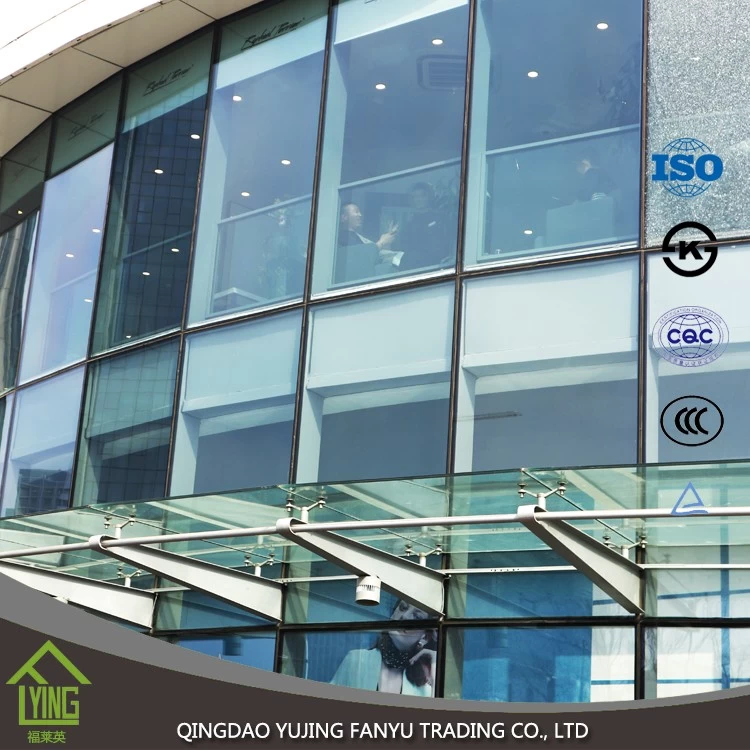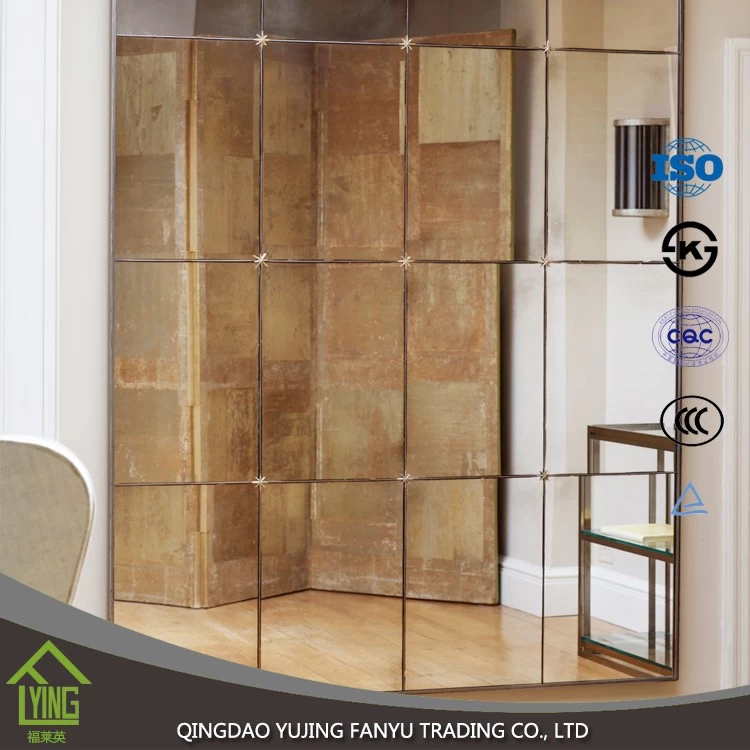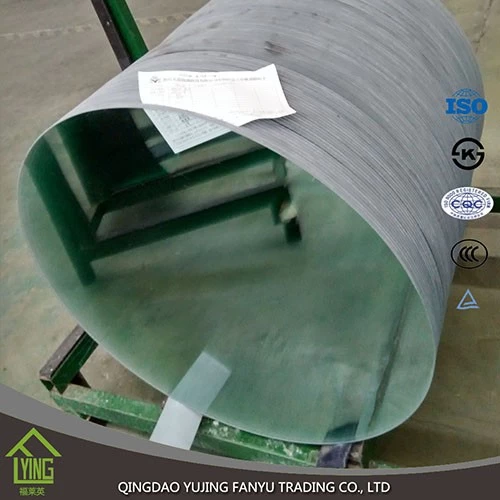Ministry of Industry and Information Technology: It is strictly forbidden to use flat glass-cement t
|
Recently, the Department of Raw Materials Industry of the Ministry of Industry and Information Technology sent a letter to the China Building Materials Federation, entrusting him to the cement guidance since the release of the “Guiding Opinions of the General Office of the State Council on Promoting the Stable Growth of the Building Materials Industry and Strengthening the Structure and Increasing Benefits” (State Council issued [2016] No. 34). The production capacity replacement plan for materials and flat glass construction projects was investigated. The letter will be copied to the Industry and Development Department of the National Development and Reform Commission, the Industrial Policy Department of the Ministry of Industry and Information Technology, the industrial and trade departments of the provinces, autonomous regions and municipalities directly under the Central Government, and the Cement Network. The content mentioned that it is necessary to strictly control the source from the source, and it is strictly forbidden to add new capacity to the cement and flat glass industries to prevent fraud. 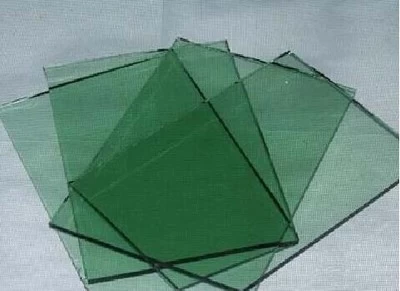 In February this year, the Ministry of Industry and Information Technology issued a document saying that in 2018, it was forced to go to production capacity according to regulations. In particular, it is strictly forbidden to expand the production capacity of cement and glass projects under any name for any reason; to fully implement the sewage permit for the cement glass industry, to use the market-based means to reduce the excess capacity of cement glass; and continue to pilot production capacity in Jilin and Hebei provinces. Explore the establishment of industry structure adjustment funds to accurately implement peak production.
It is worth mentioning that local governments are also actively pursuing production capacity. Sichuan and Xinjiang have introduced new policies. The reporter learned from the Sichuan Bureau of Industry and Information that the province issued a document last year prohibiting the new capacity of cement flat glass. It stipulates that by the end of 2020, various departments in Sichuan may not record cement clinker and flat glass new capacity projects; the goal is to reduce the cement clinker production capacity by more than 5 million tons by 2020, and the cement clinker production capacity will remain at 1.1. Within 100 million tons, the cement production capacity layout was further optimized, and the capacity utilization rate returned to a reasonable range. The production capacity of the flat glass is reduced by 5 million weight boxes, and the production capacity is controlled at about 45 million weight boxes. According to the plan, Sichuan will implement the financial policy of “guaranteeing and controlling”, resolving excess capacity, implementing mergers and acquisitions, and promising and effective building materials enterprises, and increasing credit support in accordance with the principles of risk control and commercial sustainability; Enterprises that add cement clinker and flat glass production capacity will stop lending. Xinjiang also released the “Implementation Plan for the Stable Growth of the Cement Industry in Xinjiang” last year. The "Proposal" proposes: By 2020, through the peak production, we will strive to squeeze out 30 million tons of production capacity; environmental protection, energy consumption, quality and safety are all up to standard, and the industrial structure is optimized and upgraded. In order to achieve this goal, it is strictly forbidden to file and build new cement projects in any name or in any way before the end of 2020. |
